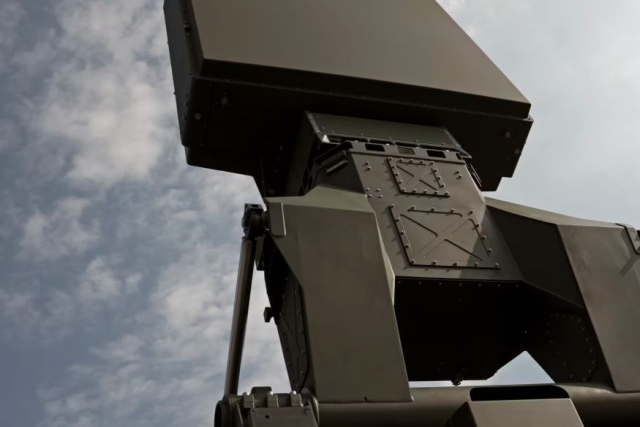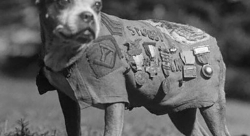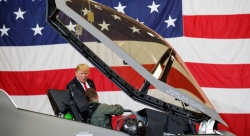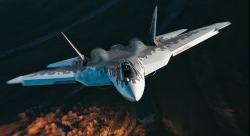DARPA Tests Signal Filters That Lets Military and 6G Networks Share Airwaves
Mini RF filters to help defense and commercial systems share spectrum without disruption

With more devices competing for radiofrequency (RF) spectrum—from satellites to smartphones—DARPA’s COFFEE program is moving into a new phase to help defense and commercial systems use the same airwaves without interfering with each other.
The COmpact Front-end Filters at the ElEment-level (COFFEE) program is creating a new kind of ultra-small, high-performance RF filter. These filters are designed to be built directly into advanced antenna systems, helping them block unwanted signals with high accuracy. This could help military and commercial technologies work side-by-side, especially as the world prepares for the rollout of 6G wireless networks and more satellite communication systems.
RF spectrum is limited, but demand is growing rapidly. While commercial providers want access for high-speed data and mobile services, many of these frequencies are already in use by the U.S. Department of Defense (DOD) for critical systems like radar. Letting more commercial users into the same spectrum could lead to signal interference, putting defense operations at risk. RF filters offer a possible solution—but traditional filters are often too large or not versatile enough for today’s high-tech equipment.
“COFFEE is about more than filters, it’s about enabling our systems to adapt, avoid interference, and perform critical functions in a crowded space,” said Dr. Todd Bauer, the program manager in DARPA’s Microsystems Technology Office. “By enhancing defense operations and commercial capabilities, COFFEE seeks to strengthen both national security and economic dominance.”
COFFEE began in 2022 to solve a specific problem: how to protect each part of a modern antenna system—known as a wideband, digitally addressable active electronically scanned array (AESA)—from interference, without making the system larger or less powerful. AESAs are key to military radar, communication, and electronic warfare systems. But as their capabilities have grown, they’ve become more vulnerable to interference.
In its first phase, COFFEE researchers made major progress. They developed filters that cover the 2–18 GHz range, a highly important section of the spectrum used by both military and commercial systems for radar, satellite communications, and wireless data. These filters beat the current technology in terms of miniaturization, signal strength, and power handling.
Now, in the second phase, the program is moving toward testing in real-world environments. COFFEE teams will integrate the new filters into working hardware to see how they perform outside the lab. A key goal is to show the technology’s value for both defense and commercial use—supporting more reliable military systems while also helping with the rollout of 6G and satellite services.
This phase will also test the technology’s ability to be manufactured at large scale. If successful, it could lead to a steady supply of filters for future use in things like cell towers, ground stations, and even mobile phones.
“We’re entering a new technical phase, where COFFEE leaves the lab and enters the real world,” Bauer said. “It’s an important step toward ensuring military and commercial technologies can safely share and maximize the spectrum we all depend on.”
This next stage comes at a key time. The U.S. Federal Communications Commission (FCC) is preparing to auction off more RF spectrum to commercial providers, which could increase the risk of interference unless solutions like COFFEE are in place.










